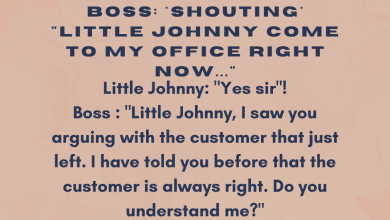Aluminum foil and bubble wrap are useful for a variety of things, but they’re not ideal for keeping heat in the house. After reading about how they can heat-proof your home, your opinion of them will change. And it’s not just them that can trap heat; there are a few additional options that don’t cost an arm and a leg.
Cover the floor with carpets
When it comes to thermal insulation, carpets are on par with fiberglass and ten times better than the floor itself. Because they trap the heat within, they can lower energy expenditures and thereby greenhouse gas emissions. It is preferable if a room can be carpeted from wall to wall in order to minimize the loss. Not only that, but fluffy rugs keep you and your feet warm, preventing you from turning up the thermostat.

Put aluminum foil behind the radiators
Heat can easily be lost via external walls when radiators are mounted to them. Applying aluminum foil behind the radiators to push the heat back into your room is one innovative approach to combat this. You can only utilize the foil you already have in your kitchen if it is of excellent quality. If not, a foil manufactured specifically for this purpose can be purchased for under $10

Wrap your pipes to prevent them from freezing
Pipe sleeves, heat tape, and heat cables are some of the materials you can use to protect your pipes from breaking. And that’s a pretty normal thing to happen if the temperatures reach very low levels. We realize that this might be a bit too much for your budget, so in that case, you can do something else. Wrapping your pipes with something as simple as newspapers can prevent them from bursting.

Put plastic bubble wrap on the windows
Windows are indeed one of the biggest sources of heat loss and bubble wrap can easily put a stop to that. On a single-pane window, it can reduce heat loss up to 50%, and on a double-pane window up to 20%. All you need to apply your bubble wrap is a pair of scissors and a spray mister to stick the wrap on the window. It’s recommended that you buy wrap with larger bubbles since they will allow more light to get in your house.

Adjust the ceiling fans so they spin clockwise
It is vital that you change the rotation of your ceiling fans from counterclockwise to clockwise during the cold months of the year. This will allow them to send the warmth trapped at the top back to you at the lower levels. This slight change can save you up to 10% in heating costs since your main heating will be working less. Let it be noted that you should turn the fan off if a room is unoccupied to save up energy.

Install shelves above your radiators
If you have very tall ceilings or your radiator is placed under a window, a shelf will redirect the heat to your advantage. Instead of the heat going to the top of your ceiling, it will be hitting the shelf and changing direction. In the case where your radiator is below a window with long curtains, heat is usually trapped between the window and the curtains. However, if you install a small shelf you will manage to keep heat from being lost through the window.

Install a door sweep
Sometimes we don’t realize how much heat is exiting our home through the bottom of the door. A door sweep is like a thin, long broom that you will need to install at the inside of your door. It is very cheap and easy to install and you can cut it based on the length of your door. You will only need 4-5 screws to nail to place and it will keep that cold breeze outside where it belongs.








